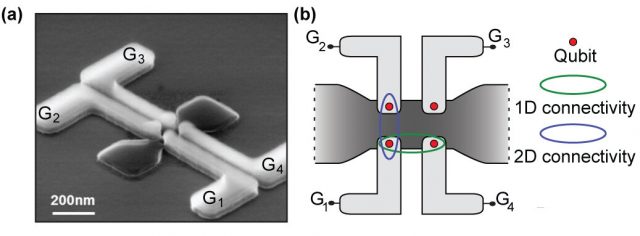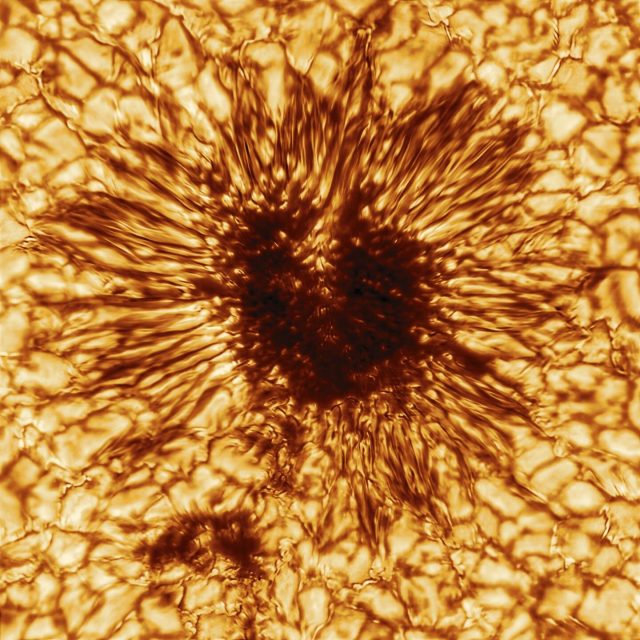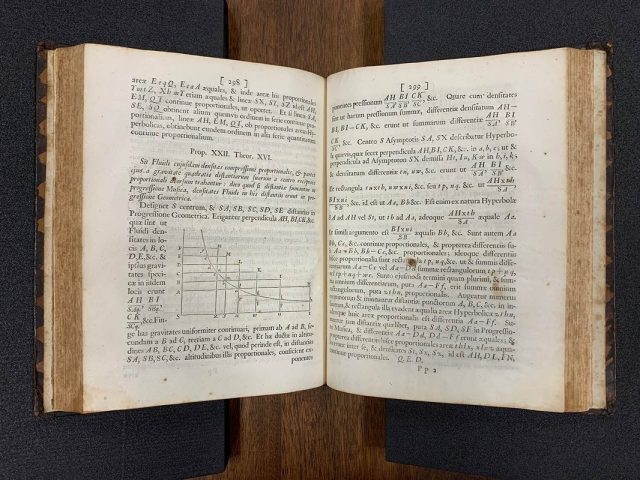After traveling several billion miles toward the Sun, a wayward young comet-like object orbiting among the giant planets has found a temporary parking place along the way. The object has settled near a family of captured ancient asteroids, called...
It forever changed history when it crashed into Earth about 66 million years ago.
The Chicxulub impactor, as it's known, left behind a crater off the coast of Mexico that spans 93 miles and runs 12 miles deep. Its devastating impact brought...
MIT researchers and colleagues have discovered an important—and unexpected—electronic property of graphene, a material discovered only about 17 years ago that continues to surprise scientists with its interesting physics. The work, which involves structures composed of atomically thin layers...
Quantum computer: One of the obstacles for progress in the quest for a working quantum computer has been that the working devices that go into a quantum computer and perform the actual calculations, the qubits, have hitherto been made...
Modified CRISPR-Cas9 gene editing scissors are enabling researchers at the University of Zurich to make alterations to the genetic material of single-cell organisms that are indistinguishable from natural mutations. This method makes it possible to develop a harmless experimental...
The world's largest solar observatory, the U.S. National Science Foundation's Daniel K. Inouye Solar Telescope, just released its first image of a sunspot. Although the telescope is still in the final phases of completion, the image is an indication...
The sinking carcasses of fish from near-surface waters deliver toxic mercury pollution to the most remote and inaccessible parts of the world's oceans, including the deepest spot of them all: the 36,000-foot-deep Mariana Trench in the northwest Pacific.
And most...
In a story of lost and stolen books and scrupulous detective work across continents, a Caltech historian and his former student have unearthed previously uncounted copies of Isaac Newton's groundbreaking science book Philosophiae Naturalis Principia Mathematica, known more colloquially as...
Artificial night-time lighting has a diverse range of effects across the natural world and should be limited where possible, researchers say.
A team led by the University of Exeter brought together more than 100 studies and found "widespread" impacts on...
Five million years ago, dangerous carnivores—such as giant wolverines and otters, bears, sabertooth cats, and large hyaenids—prowled the West Coast of South Africa. Today we can confirm that, among them, fearlessly roamed a smaller relative of the living honey...
Plant biology researchers at the University of Illinois and computer scientists at the University of California Irvine have developed a new method of fossil pollen identification through the combination of super-resolution microscopy and machine learning. The team, led by...


















